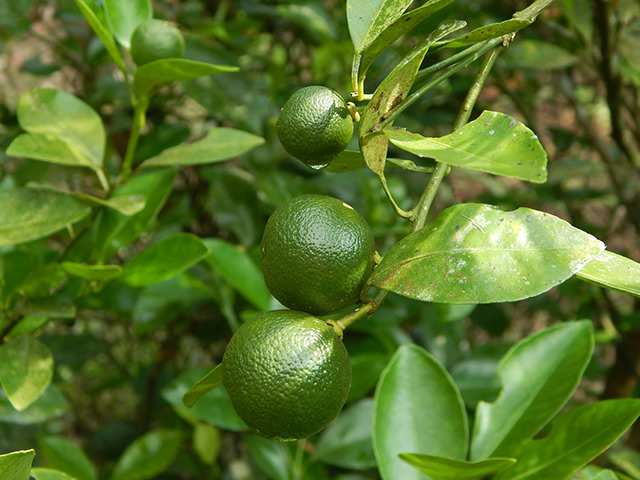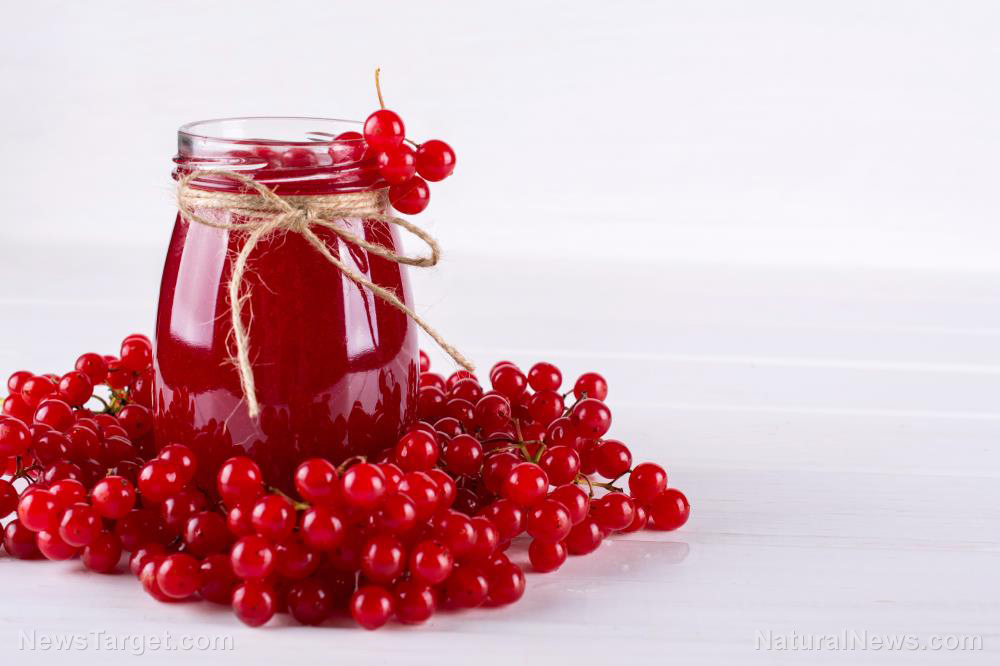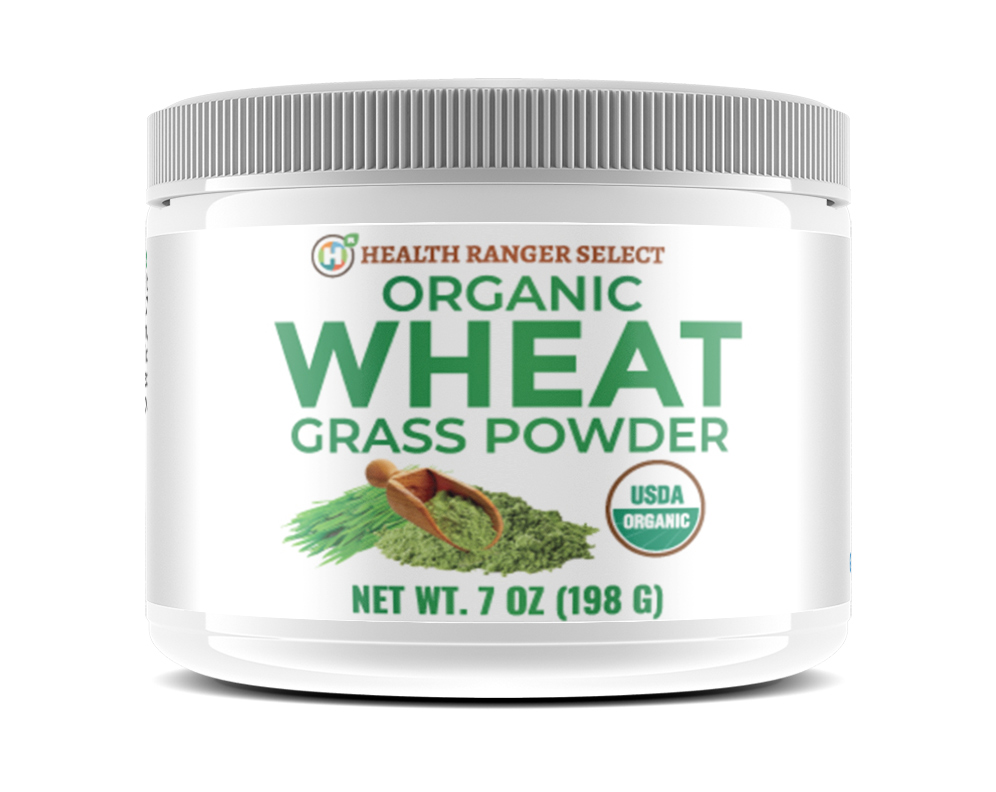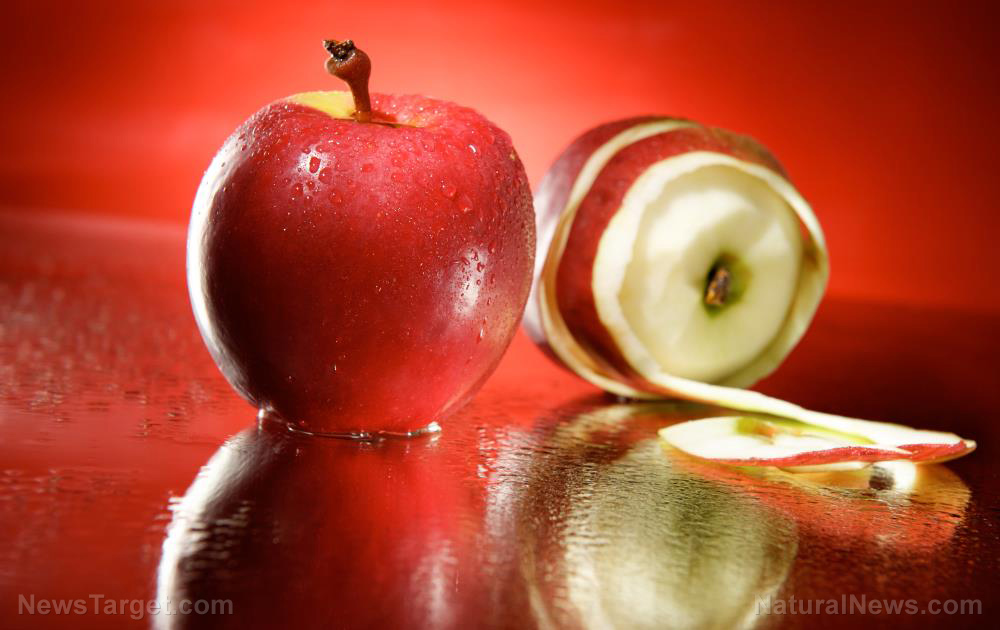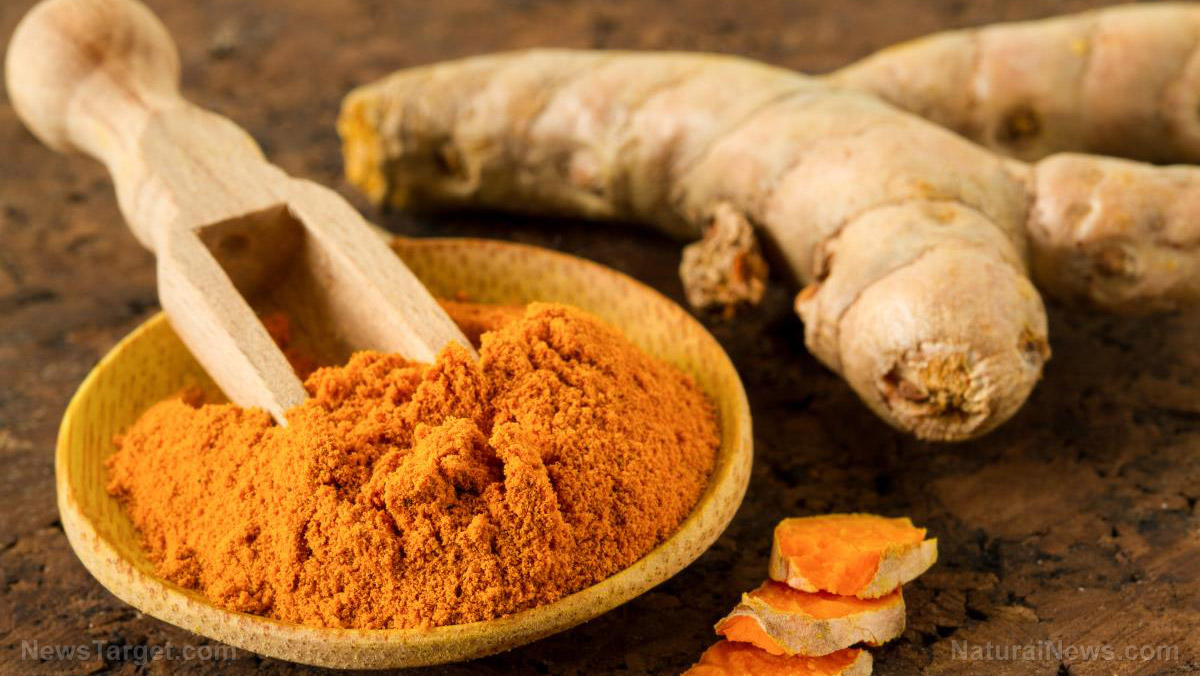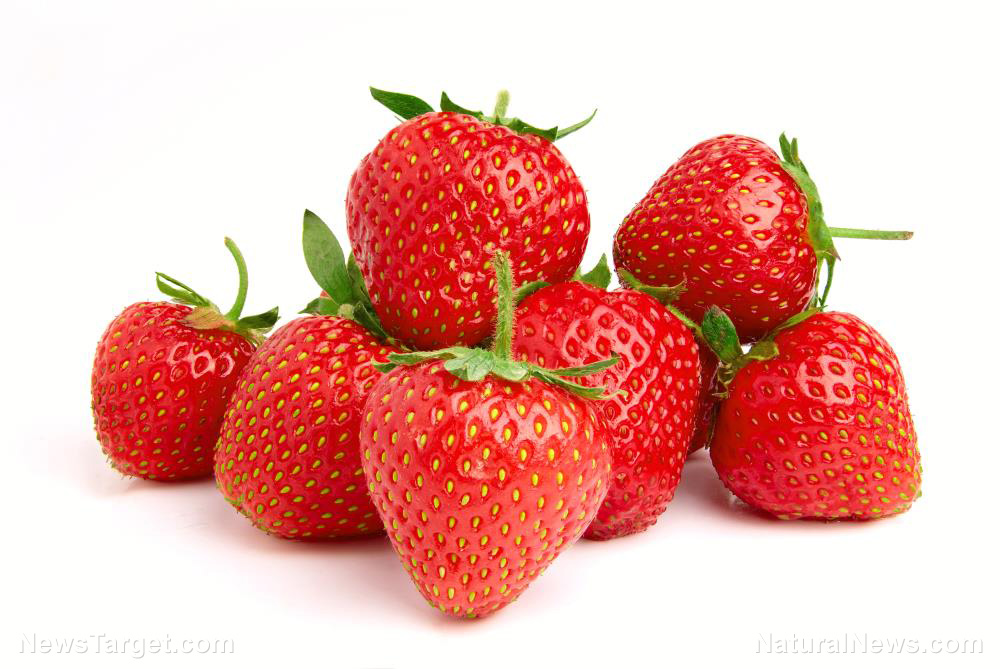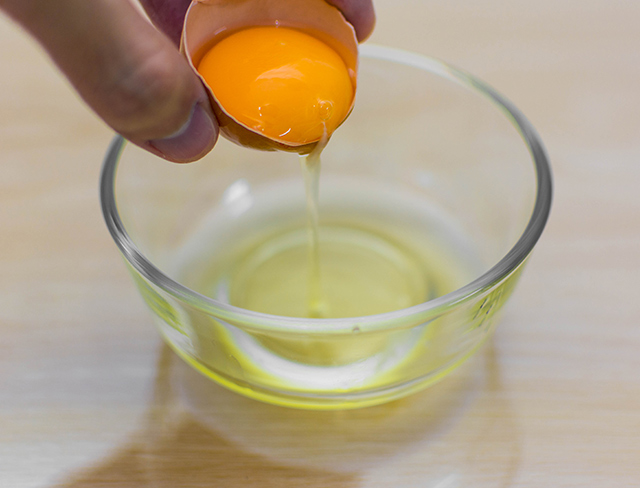Snacking on whey protein after a low-protein breakfast can improve amino acid absorption
03/20/2019 / By Michelle Simmons
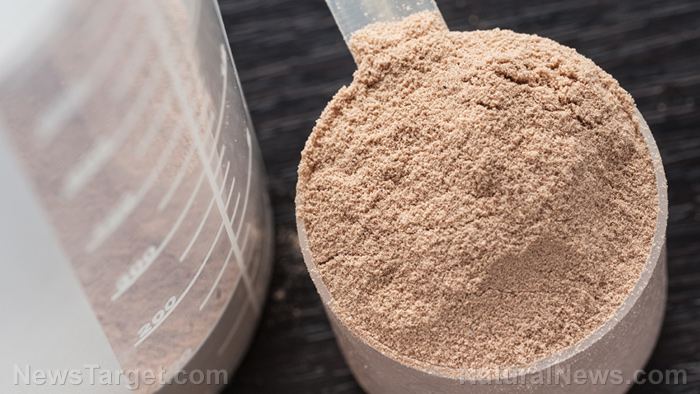
Researchers from Purdue University and The University of Texas Medical Branch suggest that snacking on whey protein after a low-protein breakfast can enhance amino acid absorption. The findings of their study were published in the journal Nutrition Research.
- Amino acids from meals peak in the plasma at two hours after a meal. Conversely, amino acids from easily digestible whey protein appear in the plasma within 15 minutes and peak at one hour after a meal.
- The researchers then hypothesized that consuming a 20-gram (g) whey protein snack two hours after a standard mixed-macronutrient, lower protein breakfast (10 g) would lead to peak and composite postprandial plasma essential amino acid (EAA) responses that were not different from consuming a 30-g protein breakfast alone.
- To test their hypothesis, the researchers recruited 12 overweight men and women. They asked the participants to eat breakfasts containing 10 g of protein, 30 g of protein, and 10 g of protein followed by 20 g of whey protein isolate two hours later.
- The results showed that compared to consuming a single higher protein breakfast, eating an easily digestible whey protein snack two hours after a slowly digested, lower protein breakfast lead to a greater peak plasma essential amino acid concentration but comparable plasma essential amino acid availability.
In conclusion, these findings suggest that consuming whey protein snack two hours after a lower protein breakfast restores plasma essential amino acid availability comparable to a higher protein breakfast in overweight adults.
To read more studies on improving nutrient absorption, visit Nutrients.news.
Journal Reference:
Hudson JL, Paddon-Jones D, Campbell WW. WHEY PROTEIN SUPPLEMENTATION 2 HOURS AFTER A LOWER PROTEIN BREAKFAST RESTORES PLASMA ESSENTIAL AMINO ACID AVAILABILITY COMPARABLE TO A HIGHER PROTEIN BREAKFAST IN OVERWEIGHT ADULTS. Nutrition Research. November 2017; 47: 90-97. DOI: 10.1016/j.nutres.2017.09.007
Tagged Under: Amino Acids, breakfast, food, nutrients, nutrition, Proteins, research, snacks, supplements, whey protein








